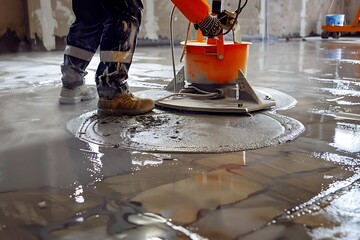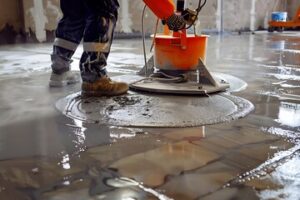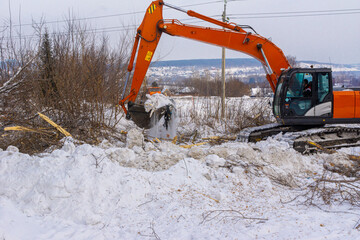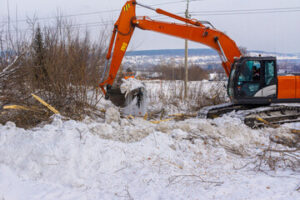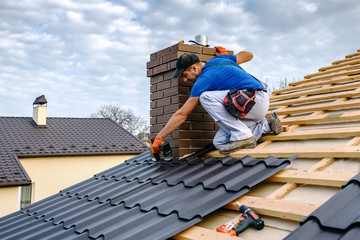The first generation of Pokemon 151 Canada has returned with a new dawn in Kanto. Red, the protagonist of the original games, has a new role, and his climactic battle against Lance, the champion from Gold and Silver, is a heartwarming sight.
Poliwhirl is another great addition to this set, with a strong moveset that can be further boosted by Enhanced Energy cards. Its Ability is also unique, forcing your opponent to Bench Pokemon they don’t want in their Active Spot.
151 Pokemon is a significant number for any roster. That’s because evolution occurs in Pokemon through the addition of new Pokemon as the generations progress. Each generation brings with it a new roster of Pokemon, and some of those Pokemon grow up to become more mature forms that have different powers, abilities, and even appearances. For example, Clefairy used to be a Normal-type Pokemon but is now a Fairy-type Pokemon in Generation VI. This growth has also occurred through the introduction of a variety of mechanics that make some Pokemon stronger than others and create powerful combos. These are called the “Metagame” and include things like Gigantamax, which turns a Pokemon into a super-strong variant of itself, and Dynamax, which greatly increases a Pokemon’s stats but is only accessible to specific Pokemon.
Similarly, some first-generation Pokemon have unique and powerful effects that are exclusive to them. For example, the psychic Kadabra from the first-generation Pokemon Movies has the ability to bend spoons by using its mind. When the announcement was made that Kadabra would appear in Pokemon 151, many fans were thrilled. However, this wasn’t simply an act of magic; it was the result of years of planning by Creatures Inc.
This is clear from the set’s design and layout, which reflects the original 151 Pokemon and includes illustrations of the iconic Pokemon from the first generation. Additionally, this set features special cards that highlight the original 151 Pokemon and their special abilities, as well as a full list of all the Pokemon found in this set in order of first appearance.
Perhaps the biggest reason that Pokemon 151 has been such an immense success is because of the nostalgia factor. For generations of Pokemon fans who grew up with the original 151 Pokemon and have now become parents, this set has allowed them to share their love for the franchise with their children. Opening a booster pack of Pokemon 151 can be a rush for them, one that they haven’t felt in years or decades. This is a very powerful reason for the success of Pokemon 151, and it has helped to make it one of the most important sets in the history of the Pokémon Trading Card Game.
The Booster Packs
Booster packs are the primary way for players to get cards from each expansion in the Pokemon Trading Card Game. These typically contain 10 cards from an expansion, sealed in a foil booster wrap. Booster packs are available in many different forms, including those packaged in sleeves. Booster bundles and boxes are also available, which usually contain multiple packs of cards.
Each booster pack has a specific probability of pulling an ultra, secret, or rare card. This is determined by the number of cards in a particular set that are considered to be of this rarity, which determines its “pull rate.” A standard booster pack contains four common cards, three uncommon cards, and one rare or higher card.
Depending on the set, a rare or higher card may be a full art card or a holofoil card. These cards have a shiny coating that reflects light more than normal cards do. They are often considered more desirable than the regular non-holofoil cards in a booster pack.
All booster packs have a guaranteed number of Holofoil cards, including at least one rare or higher card. They also contain a minimum of two Reverse Holos. In addition, there is a low chance that some booster packs will contain two of the Bulbasaur, Charmander, or Squirtle’s entire evolutionary lines as secret cards. Lastly, all booster packs have at least one Cosmos holofoil basic energy card.
Besides the cards contained in a booster pack, there is also a small amount of random merchandise, such as pins and stickers, included with each purchase. This makes collecting a Pokémon TCG product a fun and engaging experience for kids and adults alike. Some products, such as the Booster Box, even contain codes that can be used to redeem virtual boosters for a player’s online account in the Pokemon TCG app. This is a great way to introduce newcomers to the game without breaking the bank.
The Promos
As one of the most popular sets in all of Pokemon TCG history, it’s no surprise that Pokemon Card 151 [SV2a] has brought countless lapsed fans back to the game and the franchise itself. It’s not uncommon to hop onto any Pokémon TCG message board and see people talk about how they hadn’t even picked up a Pokemon card in years or decades before Pokemon Card 151 [SV2a] came along. It’s a major reason that the set is so valuable, as many of the cards from this set are collector favorites with high resale and investment value.
Pokemon Card 151 [SV2a] was so incredibly well-received that it has been reprinted once more to meet demand and allow new players to experience this beloved set for themselves. The reprint also includes the addition of two additional special cards that were exclusive to the first print, which will add some extra flair to your decks and help make this set stand out from the pack.
Among the most desirable cards in the set is the special illustration rare Charizard, a legendary Pokemon that is the very embodiment of the nostalgia that has made the original 151 Pokemon so beloved over the years. There are very few cards in the set that are as hard to find as this one, making it easily the most sought-after card from Pokemon Card 151 [SV2a].
Additionally, the release of this expansion marks the start of a new series of special promotional events and prizes. From now until Sept. 22, Trainers can reclaim their first-partner Pokemon like Bulbasaur, Charmander and Squirtle by purchasing any special promotional Pokemon 151 products from participating retailers—including a free special Charizard promo card at GameStop and EB Games in the U.S. and Canada, and a special Pokemon 151 promo card at Best Buy in the U.S.—while supplies last.
The set will also feature new Prize cards that are designed to give Pokémon Leagues a way to reward participation in the game while encouraging players to attend more tournaments. These Prize cards include reverse holo versions of the Pidgey from the 151 set and Rescue Board from the Twilight Masquerade set, as well as Pokemon-themed dice. Beginning in December, these will be used to award participation prizes for the new friendly tournaments that will be taking place at many Pokemon Leagues.
The Bundles
The Pokemon 151 product line-up has something for everybody, and you’ll want to look at your own collection goals and collector experience when deciding which bundles to buy. Of these products, the Elite Trainer Box and Booster Bundle are arguably your best options if you’re primarily concerned with buying a lot of booster packs at once (and their per pack price is the best in the range).
The Booster Bundle features six booster packs of the new Scarlet & Violet – 151 expansion plus a metal coin featuring a Kanto Region legendary, Mew ex! You’ll also find a collectible poster that doubles as a poster board. It has a side that displays the 151 Pokemon silhouettes and a side that shows each of their card art in Pokedex order.
This special edition expansion introduces all of the original 151 Pokemon as reimagined in Paldea! Unlike most expansions, this set’s Pokémon cards are ordered by their national Pokedex number. It also features a handful of variants, including a variety of illustration rare and special illustration rare alternate art cards that showcase a new side of these iconic Pokemon.
These Pokemon are all reimagined by some of the most talented artists in the TCG and feature captivating illustrations you’ll enjoy. The 151 to 151 campaign also includes the introduction of three new Supporter cards, the return of four reprints, and a handful of special edition rare Pokemon.
As a bonus, a Charmander or Bulbasaur promo card can be claimed at GameStop or EB Games, and a Snorlax promo card will be available at Best Buy. Also, this expansion can be played digitally via the Pokémon TCG Live app on iOS, Android, macOS, and Windows devices! You’ll be able to use Crystals, earned through the completion of daily quests in the app, to purchase various Scarlet & Violet – 151 products. This digital release will be available starting Sept. 21, 2023.


